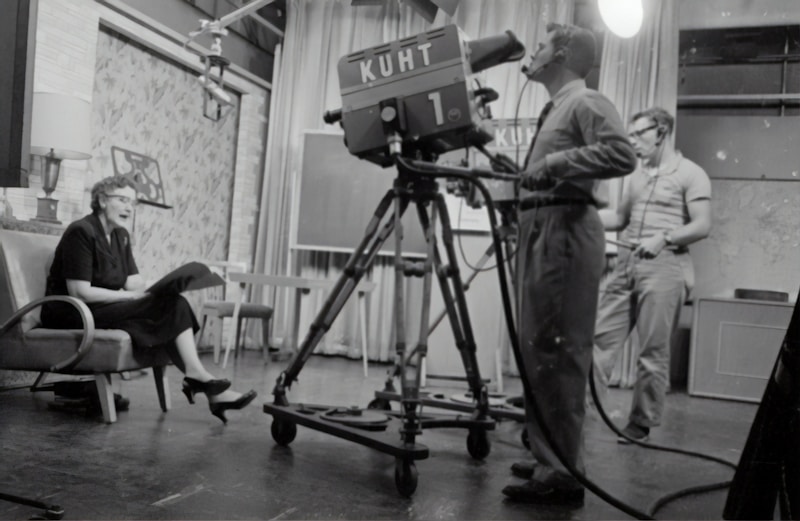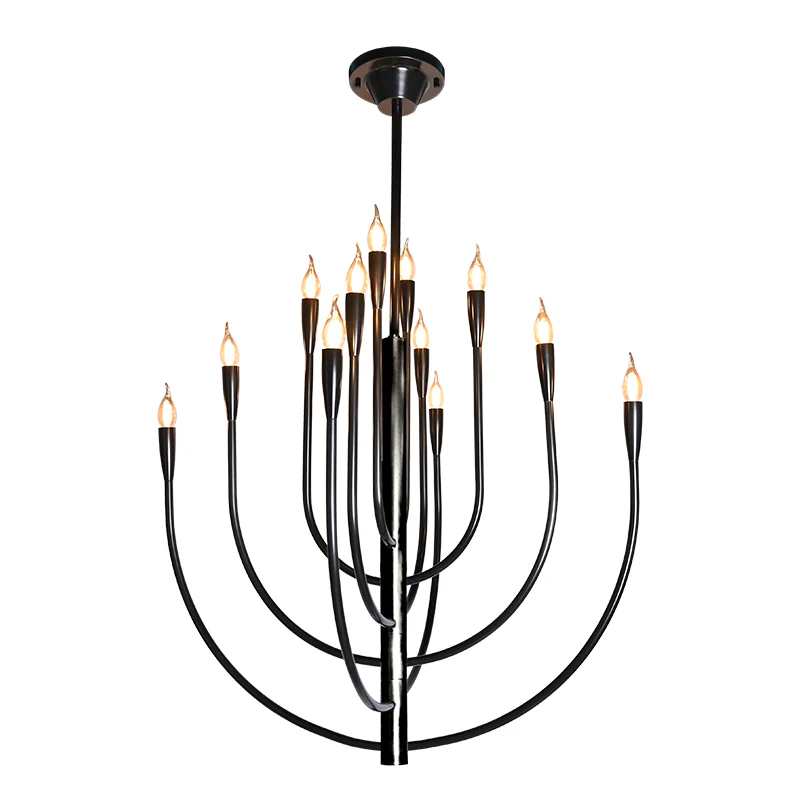Sustainable Lighting Practices Rooted in History
Sustainable Lighting Practices Rooted in History
Understanding Sustainable Lighting Practices: A Journey Through History
In the modern era, where energy conservation and eco-friendliness are at the forefront of many discussions, sustainable lighting practices have emerged as a significant area of concern. However, the roots of sustainable lighting practices stretch far back in history. This article explores the evolution of lighting practices, significant changes that have occurred over time, and how our historical approaches can serve as a foundation for modern sustainable lighting solutions.
The Evolution of Lighting Practices
Lighting has been an essential part of human evolution, providing safety, enabling activities after dark, and enhancing aesthetic experiences. The journey from natural light sources such as the sun and fire to electric lights has shaped our lives in unprecedented ways. Understanding the development of these practices can offer insight into sustainable lighting methods today.
| Time Period | Lighting Source | Key Features |
| Prehistoric Era | Natural light (Sunlight, Fire) | Community gathering around fire; limited usage. |
| Ancient Civilizations | Oil lamps, Torches | Portable; enhanced safety and navigation. |
| Middle Ages | Candles | Widely available; often made from animal fat. Economic and communal aspects. |
| Industrial Revolution | Gas and Electric Lights | Mass production; introduced urban lighting. |
| 20th Century to Present | LED and Solar Lighting | Energy-efficient; focus on sustainability. |
Historical Approaches to Sustainable Lighting
An examination of our historical practices reveals natural wisdom that aligns with today’s sustainable goals. In ancient civilizations, people relied heavily on natural resources. Their use of sunlight during the day and fire at night set a precedent for energy consumption that minimized waste. For instance, community structures were often designed to maximize natural light exposure, reducing the need for artificial lighting.
The Contributions of Technological Advances
With the advent of the Industrial Revolution, lighting experienced a pivotal transformation. The introduction of gas lamps and, later, electric lights revolutionized the way communities interacted, allowing for night-time activities and greater productivity. However, these advancements also led to increased energy consumption, prompting a re-evaluation of sustainable energy usage.
Today's LED technology, originally part of the continuous evolution of lighting, has shown that lessons from the past can shape a sustainable future. LEDs consume significantly less energy compared to incandescent bulbs, thereby reducing carbon footprints. This is further intensified by the advancements in solar technology, which harnesses renewable energy to provide lighting solutions.

Modern Sustainable Lighting Solutions
As society progresses, the integration of historical insights into modern technology proves beneficial. Here are several sustainable lighting practices that have emerged from this rich history:
1. Energy Efficient Lighting
LEDs are an exemplary representation of sustainable lighting. They last longer, consume less energy, and produce less heat compared to traditional incandescent bulbs. Moreover, the shift to LED Lighting aligns with historical practices of utilizing natural resources efficiently.
2. Daylighting Techniques
Architectural designs increasingly incorporate daylighting, which maximizes the use of natural light. This practice not only reduces dependence on artificial lighting but also enhances aesthetic spaces, reminiscent of how ancient structures were designed to harness sunlight.
3. Solar-Powered Systems
As a sustainable alternative, solar-powered lighting systems use renewable energy to illuminate spaces. They echo historical practices where communities relied on natural resources for their lighting needs.
Challenges and Considerations
Transitioning to sustainable lighting practices rooted in history does present some challenges. The initial costs of upgrading to energy-efficient systems can be a significant barrier for many households and businesses. However, the long-term savings on energy bills and environmental impacts often outweigh these upfront costs. Moreover, education and awareness play crucial roles in encouraging the adoption of these practices.
Policy and Community Initiatives
To promote the transition to sustainable lighting, local governments and communities can implement programs that incentivize energy-efficient upgrades. Policies supporting renewable energy sources and educating the public about the importance of sustainable practices can facilitate this shift.
Conclusion: A Journey Towards Sustainability
As we reflect on the journey of lighting practices throughout history, it is evident that the insights gained significantly contribute to today's sustainable solutions. The fusion of ancient wisdom with modern technology offers new pathways for conserving energy. In conclusion, embracing sustainable lighting practices rooted in history not only honors our past but also paves the way for a brighter, greener future. When considering upgrading your own lighting systems, think about integrating energy-efficient solutions, maximizing natural light, and exploring renewable energy sources. Together, these steps foster a collective contribution towards a sustainable planet.
In summary, while the evolution of lighting practices has undoubtedly advanced, the emphasis on sustainability can lead us to a brighter future for communities around the world.
